Nothing is quite as painful as milk blebs and plugged ducts when you’re breastfeeding. How do you treat these things naturally?
Searing pains radiating throughout your breast is every breastfeeding mama’s worst nightmare, but unfortunately it is quite common. The pain is often caused by a plugged duct or milk blister (or milk bleb) creating inflammation in the breast tissue. These painful complications are the last thing a busy, sleep-deprived mama wants to deal with.
Luckily milk blebs and plugged ducts can be treated with some easy, natural home remedies. After experiencing plugged ducts and milk blebs, I learned that proper diagnosis is the key to preventing and treating breast inflammation and infections. Once you know exactly what is occurring with your body, you can decide which natural remedies and treatments are the best fit for you.
What are Milk Blebs and Plugged Ducts?
Milk blebs and plugged ducts are the two most common breast inflammations that occur in breastfeeding women. Although they have similar symptoms, there is a slight difference in what causes them and how to treat them.
A plugged duct is the most common inflammation that many women will experience. A plugged duct is characterized by a tender lump in the breast that can range in size from a dime to the size of your hand.
It is caused by milk not being able to flow freely through the duct. This occurs most often because of long periods of time between feedings or pressure on the breast from something like a tight bra or baby carrier.
The pain from a plugged duct can radiate throughout the breast and be quite painful.
A milk blister, also called a milk bleb, causes similar pain as a plugged duct but is distinguished by a small white dot on the nipple. This is caused by either milk clogging and drying in the nipple pore or a small piece of skin growing over the nipple pore that prevents the milk from flowing freely.
Natural Remedies for Milk Blebs and Plugged Ducts
- When experiencing any type of breast inflammation, one of the easiest things you do is apply warm compresses and massage the area. Taking a hot shower and massaging the inflamed, clogged area can help to push the clog through the duct and allow the milk to flow freely.
- It is also beneficial to breastfeed or pump as often as you can to encourage the milk flow through your breast. As painful as this may be, it is important to keep milk flowing because it can help unclog the duct.
- The other key things you need to do to naturally treat milk blebs and plugged ducts is to try to get some rest. This may sound impossible especially if you have several young children to care for, but it is crucial to allow your body time to rest and heal. Even if you cannot actually go lie down to sleep, try to sit and relax instead of doing chores around the house.
Other remedies you can try to naturally treat milk blebs and plugged ducts:
- Nurse your baby so her chin is pointing toward the clog
- Lay your baby on the floor or bed and lean over top of your baby to nurse so gravity will help the flow of milk.
- Take a lecithin supplement that will help stop the milk from clogging. Lecithin can be found in most health food stores and some pharmacies. It is recommended ou take 2 Tablespoons or a 1200 mg capsule each day.
- Increase your vitamin C and D intake.
- Take a probiotic.
- Hold a warm wash cloth or heating pad over the inflamed area before breastfeeding or pumping.
- Eat a raw clove of garlic several times throughout the day.
Other Treatments Options for Milk Blebs (Milk Blisters)
If you are not able to clear the milk bleb in the nipple pore by nursing, pumping, or massaging there are other options to treat it.
- Place a small amount of vinegar on a cotton ball, place it on the clogged nipple pore and keep it there for several hours. This remedy worked quite well to help clear the milk bleb I had. I wore a vinegar soaked cotton ball in my bra all day. Vinegar is acidic and breaks down with hardened milk in the nipple pore.
- The last resort to clear a milk bleb is to use a needle to remove the flap of skin or clog in the nipple pore. It is recommended to have a medical professional do this, but there are many mamas, including myself, who used a sterilized needle to very carefully remove the skin flap as directed in The Womanly Art of Breastfeeding. The relief I felt when I was able to finally open up the pore of my clogged nipple was unbelievable.
- Place a cotton ball soaked in olive oil on the nipple to keep the skin soft and prevent further clogging. I did this once I had the nipple pore open and it helped prevent re-clogging of the nipple pore so I could finally heal from the inflammation.
It is recommended that you consult your healthcare provider regarding breast inflammation if your symptoms for milk blebs and plugged ducts do not improve in a few days of trying to treat the issue with home remedies. If you have a persistent infection it may ultimately require antibiotics to treat and clear the infections.
More Reading on a Mother’s Health:
- 5 Prenatal Practices that I’m Refusing
- Natural Thrush Treatment for Mom and Baby
- Gently Weaning Your Baby
- Breastfeeding a Sick Baby or Child
- Breastfeeding Beyond 1 Year: Common Questions & Answers
Additional Resources
- The La Leche League book The Womanly Art of Breastfeeding is a comprehensive guide for breastfeeding families.
- You can also visit La Leche League for more information on breast inflammation.
- BreastfeedingPlace.com is another great resource and provides more information on breastfeeding complications and remedies
Annie Bernauer is a breastfeeding advocate and creator of MontanaSolarCreations. She writes a natural living blog and sews breastfeeding accessories for her family’s Etsy shop. Connect with her on Facebook, Twitter and Pinterest.

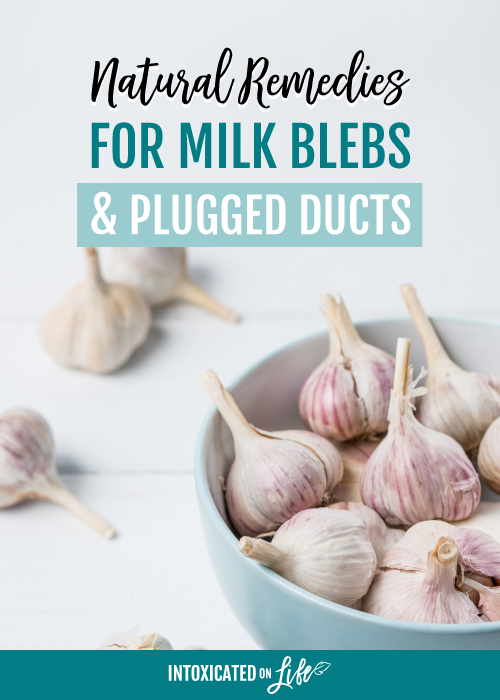
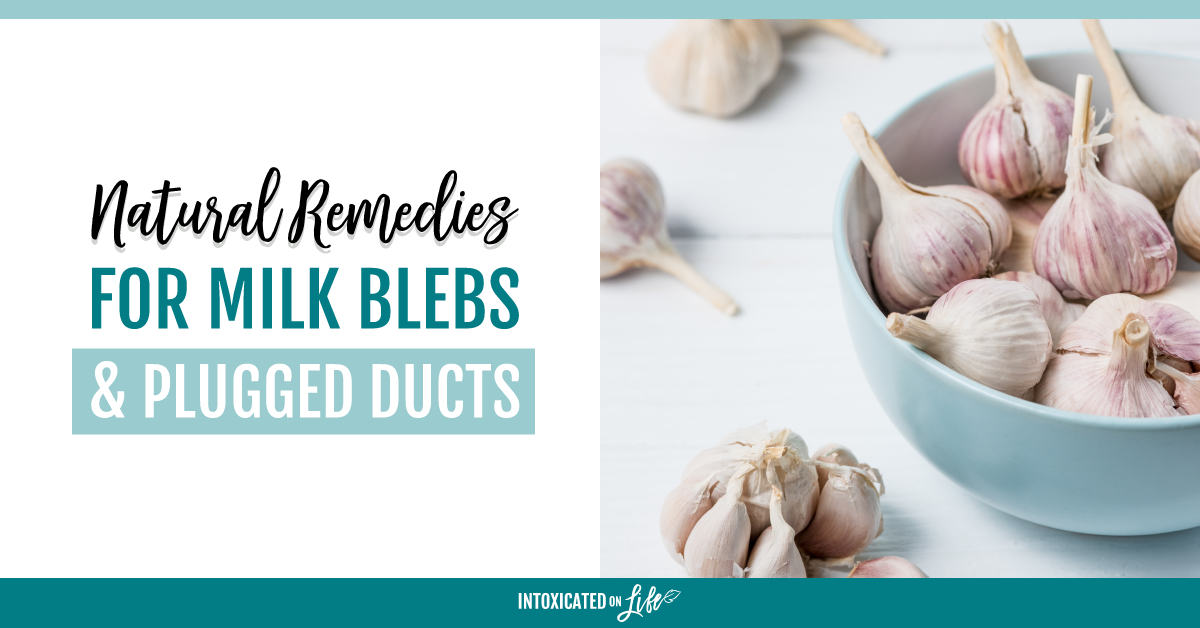
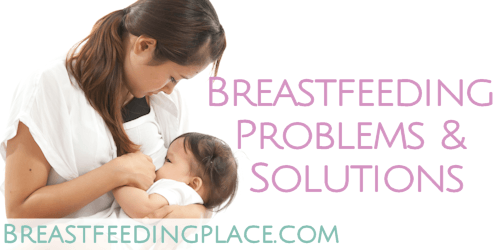
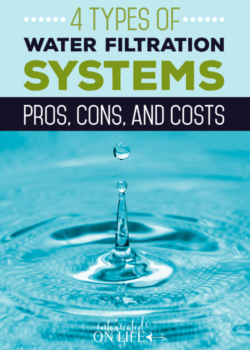
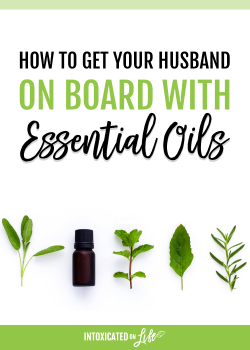
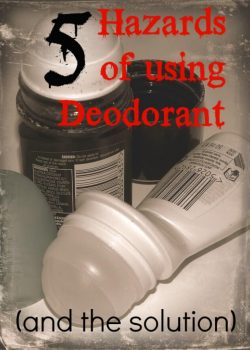


I have a couple friends who recently dealt with plugged ducts so this is very informative. Thanks for sharing at Healthy 2Day Wednesday!
I had a question about soaking the nipple with the cotton ball soaked in vinegar for a milk bleb. is the area where its clogged supposed to turn even whiter after a while of soaking?
Take 1tsp pure ghee 1/4 spoon salt heat it take some cotton apply it on affected area this will help to break blocked milk knots
great home remedies… sure i will apply this tips.. hope this will give some relief..